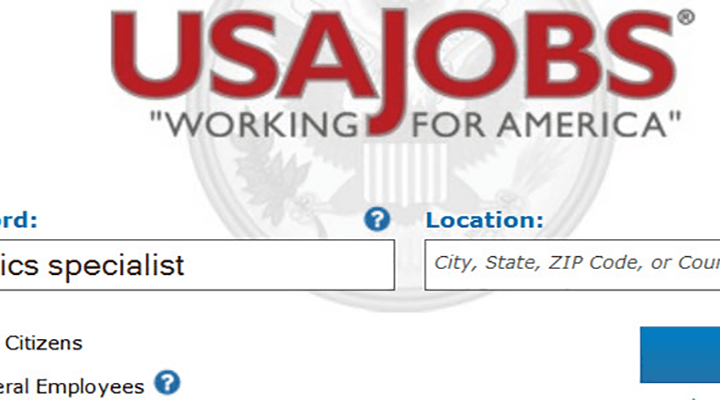If you’re applying for a position in the federal government, the good news is you should soon know more about your status as you progress through the process. Since a March 1 Senate Homeland Security and Governmental Affairs Subcommittee hearing, where the Office of Personnel Management and other government agency hiring leaders discussed the challenges and multiple layers of the government hiring process, there has been much debate about the corrective ways forward. OPM’s recent guidance might addresses parts of the problem.
The Problem with federal hiring
Anyone who has applied for a position on USAJOBS has experienced these 5 Stages of Applying for Government Jobs: (1) elation at successfully submitting your application, (2) curiosity about whether your application was successfully received, (3) frustration not knowing whether you were referred (4) renewed optimism if you’re invited to interview, (5) resigned acceptance that, unless you get a job offer, you’ll probably not know the progress or outcome until the hiring agency updates the status buttons on your USAJOBS profile page. The stages can drag on not for just days or weeks, but for months.
The Slow Roll of federal hiring
Overall in 2017, U.S. government agencies fell behind OPM’s goal of 80 days between the closing of the job posting and a hiring decision. The reality was actually 26 days longer, bringing the average time an applicant spends on the USAJOBS hamster wheel to about 106 days. This lag has become a trend in the past 5 years. Compare 106 days to the 22.9 days on average in the private sector, based on a study by Glassdoor on 2014 hiring timelines. While there is admittedly a difference of 3 years in the comparison, the implications are clear: the U.S. government takes way longer to hire, and often loses talented applicants to the private sector because of it.
OPM’s Response
Last April, OPM issued guidance to agencies that directed them to provide more transparency in the hiring process. Specifically, OPM calls for agencies to keep applicants informed at three critical points in the process: (1) when the application is received, (2) when the skills assessment is completed and whether the applicant was referred to the hiring official, and (3) whether the applicant was selected. This is not new guidance in general, but is now more specifically stated after the Senate hearing in March.
Transparency ≠ Speed
While the OPM memo strives to keep applicants more informed, it does not address the issue of timeliness. The status updates may indeed lead to improved applicant confidence that their application is moving through the wickets. But are those three interim updates enough to sustain an application’s motivation to stay the course through a lengthy hiring process?
The Impact of OPM’s Changes
There is a definitive bunch of hearty, dedicated applicants who are determined to contribute their skill and talent to government civil service. They’re willing to wait for the process to run its course, and they accept that their insight will be limited. Then there’s another group of talented applicants who might also want to serve in the government but are not willing or able to wait the 100+ days average to get hired, no matter how many updates they get. Many of these valuable professionals will be scooped up by the private sector. Meanwhile, government agencies will hopefully work to improve their timelines between advertising a job and filling it.




